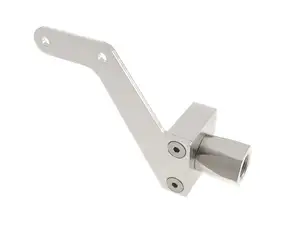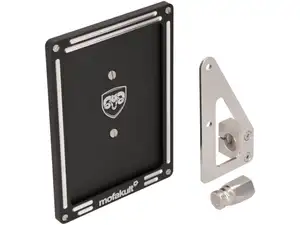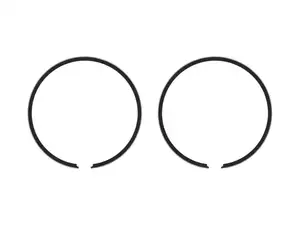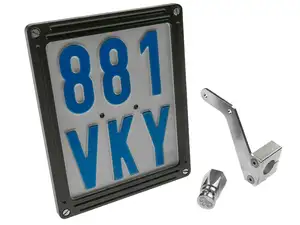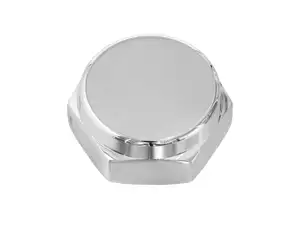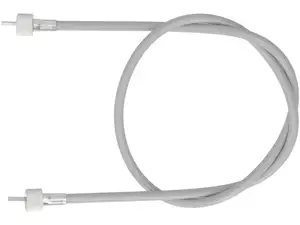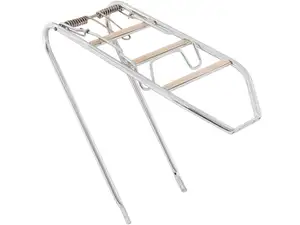
HERCULES
Hercules: the iconic moped brand from Germany
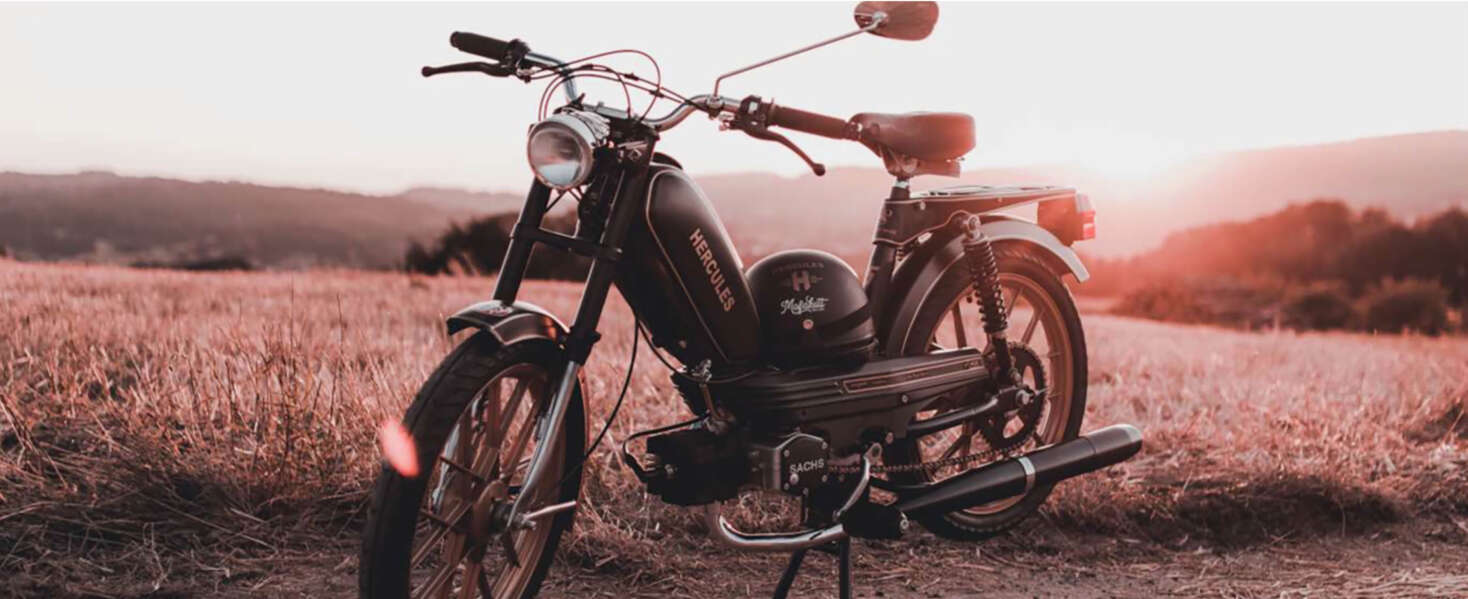
At first glance, Hercules, the superhero of antiquity, doesn't seem to have much in common with the moped models from the manufacturer of the same name. However, both have ultimately made it to Mount Olympus. This is because the manufacturer's moped models, especially the Prima moped, are now an absolute cult and immortal. We take a closer look at the history of the legendary manufacturer and its most popular models.
| Seat |  |
| Status | |
| Foundation | 1886 |

The foundation of the traditional manufacturer
Anyone who loves mopeds knows them, the indestructible and robust models from the manufacturer in Nuremberg. For many years, the company was one of the most successful moped manufacturers in Europe. Hercules was founded in 1886 under the somewhat unspectacular name Velozipedfabrik Carl Marschütz & Co. As you can easily recognise from the name, the manufacturer was initially involved in the production of bicycles. The company was founded in Nuremberg, the city that would later become internationally renowned for its booming and legendary two-wheeler and engine production. But back to the year 1886: Velozipedfabrik Carl Marschütz & Co. made a name for itself as a quality manufacturer, so that sales boomed and the still young company had to expand its production facilities just two years after it was founded. Just 10 years after the company was founded, it employed 250 people and produced around 6,500 bicycles a year. In order to generate capital for further investments, the company was converted into a public limited company in 1897.
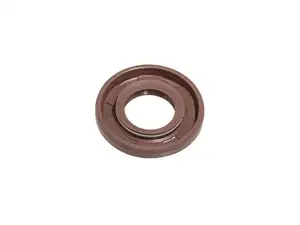
Oil seal FPM 15/30/5.5 AS crankshaft & main shaft | Sachs 503, 504, 505, 535 (A4215 / A5602)
Shaft seal type: AS - With rubberized outer casing / one sealing lip / one dust lip. · Manufacturer: Sachs · Material: FPM - Fluororubber · Surface: rubberized · Width: 5.5 mm · Ø inside: 15 mm · Place of use: Crankshaft · Ø outside: 30 mm · Temperature resistance (min.): -30 - 200 °C · Pony OEM number: A5602 · Sachs OEM no.: 0230 111 100
CHF 9.70
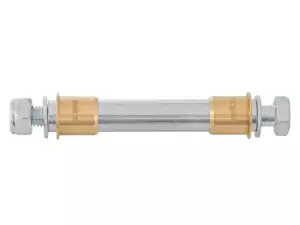
swiing® revival swing arm bearing set | Hercules / DKW
Manufacturer: swiing® revival parts · Material: Brass · Material: Steel · Surface: galvanized (blue) · Thread type: M10x1.5 (standard thread) · Drive: External hexagon · Ø axle: 10 mm · Ø Bearing inside: 15 mm · Ø External bearing: 18 mm · Ø inside: 10.5 mm · Ø outside: 15 mm · Total length: 20 mm · Total length: 96 mm
CHF 40.90
66HEROES license plate holder set side & frame incl. mounting pin (DE version)
Manufacturer: 66HEROES · Material: Aluminum · Material: Chrome steel (colloquially known as stainless steel) · Surface: anodized · Mounting type: Nuts & bolts · Number of fixing points: 3 pcs · Color: Chrome · Color: black
CHF 78.90
CHF 62.90
Speedometer cable VDO (45 - 100 cm) gray
Manufacturer: Made in Portugal · Color: gray · 4-edge speedometer cable: 1.8 mm · Outer shell length: 450 mm · Outer shell length: 500 mm · Outer shell length: 550 mm · Outer shell length: 600 mm · Outer shell length: 650 mm · Outer shell length: 700 mm · Outer shell length: 750 mm · Outer shell length: 800 mm · Outer shell length: 850 mm · Outer shell length: 900 mm · Outer shell length: 950 mm · Outer shell length: 1000 mm · Thread type: MF10x1 (fine pitch thread)
CHF 11.90
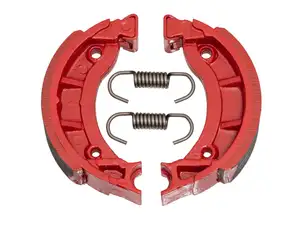
swiing® ingenious brake shoes Ø 90 x 18 spoke wheel High End | Hercules Prima, Optima
Manufacturer: swiing® ingenious parts · Ø drum: 90 mm · Width: 18 mm · Number of springs: 2 pcs · Springs included: Yes · Ø locating bolt: 10 mm · Slotted: No · Color: red · Area of application: High End · Hercules OEM number: 0873 207 010
CHF 24.90
Not in stock
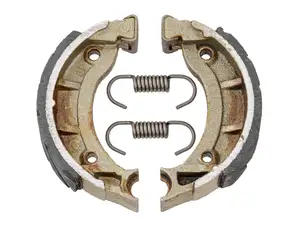
swiing® ingenious brake shoes Ø 90 x 18 spoke wheel Racing slotted | Hercules Prima, Optima
Manufacturer: swiing® ingenious parts · Ø drum: 90 mm · Width: 18 mm · Number of springs: 2 pcs · Springs included: Yes · Ø locating bolt: 10 mm · Slotted: Yes · Color: silver · Area of application: Racing · Hercules OEM number: 0873 207 010
CHF 22.90
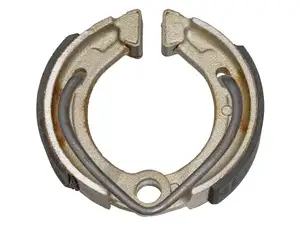
NewFren brake shoes Ø 90 x 18 Grimeca Snowflake | Hercules Prima, Optima, Puch
Manufacturer: NewFren · Ø drum: 90 mm · Width: 18 mm · Number of springs: 1 pcs · Springs included: Yes · Ø locating bolt: 10 mm · Slotted: No · Area of application: Original · Area of application: Standard · Hercules OEM number: 0873 207 010
CHF 22.90
Not in stock
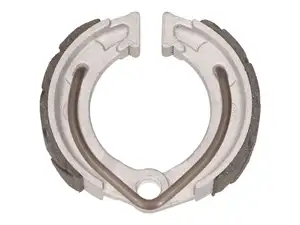
GPO brake shoes Ø 90 x 18 Grimeca Snowflake slotted | Hercules Prima, Puch
Manufacturer: GPO · Ø drum: 90 mm · Width: 18 mm · Number of springs: 1 pcs · Springs included: Yes · Ø locating bolt: 10 mm · Slotted: Yes · Color: silver · Area of application: Tuning · Hercules OEM number: 0873 207 010
CHF 19.90
Not in stock
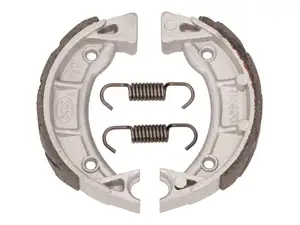
GPO brake shoes Ø 90 x 18 spoke wheel slotted | Hercules Prima, Optima
Manufacturer: GPO · Ø drum: 90 mm · Width: 18 mm · Number of springs: 2 pcs · Springs included: Yes · Ø locating bolt: 10 mm · Slotted: Yes · Color: silver · Area of application: Tuning · Hercules OEM number: 0873 207 010
CHF 19.90
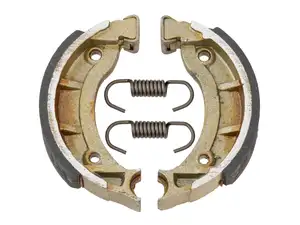
NewFren brake shoes Ø 90 x 18 spoke wheel | Hercules Prima, Optima
Manufacturer: NewFren · Ø drum: 90 mm · Width: 18 mm · Number of springs: 2 pcs · Springs included: Yes · Ø locating bolt: 10 mm · Slotted: No · Color: silver · Area of application: Original · Area of application: Standard · Hercules OEM number: 0873 207 010
CHF 12.90
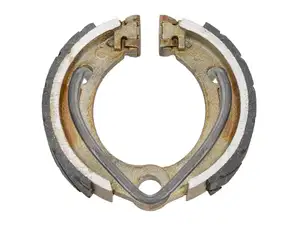
swiing® ingenious brake shoes Ø 90 x 17 Grimeca Snowflake Racing slotted | Hercules Prima, Puch
Manufacturer: swiing® ingenious parts · Ø drum: 90 mm · Width: 17 mm · Number of springs: 1 pcs · Springs included: Yes · Ø locating bolt: 10 mm · Slotted: Yes · Color: silver · Area of application: Racing · Area of application: Tuning · Hercules OEM number: 0873 207 010
CHF 22.90
Not in stock
Page 1 of 30
First steps in motorbike construction
Hercules produced its first motorbikes quite early on, from 1905 to 1907, but these first models proved to be unprofitable. It was not until a good 20 years later that the company successfully entered into the series production of motorbikes. The business success in this segment can also be explained by the fact that from this point onwards, driving licences and taxes were no longer required for motorbikes with an engine capacity of less than 200 cm³. Incidentally, the brand used third-party engines in its two-wheelers from the very beginning. And of course it was the legendary engine manufacturer Fichtel & Sachs that supplied the power units. This co-operation lasted for many years, so it is no coincidence that Sachs engines were also fitted to the first Hercules mopeds.
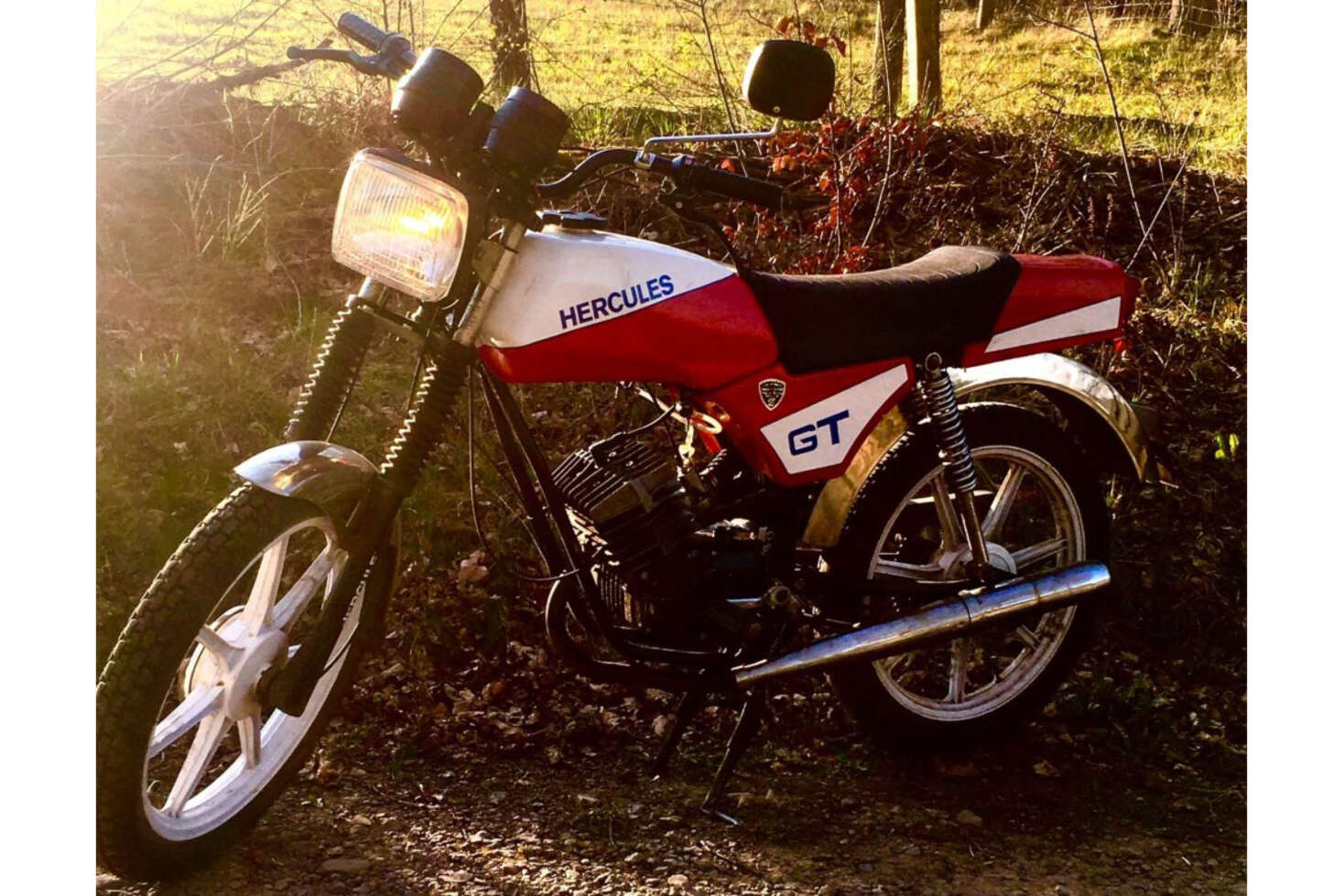
Destruction in the 2nd World War and reconstruction
The Hercules factories were expropriated during the National Socialist era, as the founder Carl Marschütz was Jewish. He had to sell his shares far below their value and flee to the USA. The company's production facilities were largely destroyed during the Second World War. From 1946, bicycles could be produced again on a small scale and from 1949 motorbikes. At this time, Dresdner Bank owned the brand, but sold it to Grundig in 1956. Another two years later, Fichtel und Sachs took over the Hercules works, although this remained a secret until 1962/63. Fichtel and Sachs wanted to prevent a reduction in sales of its own engines, which were also installed in motorbikes from other manufacturers and thus in direct competitors of Hercules.
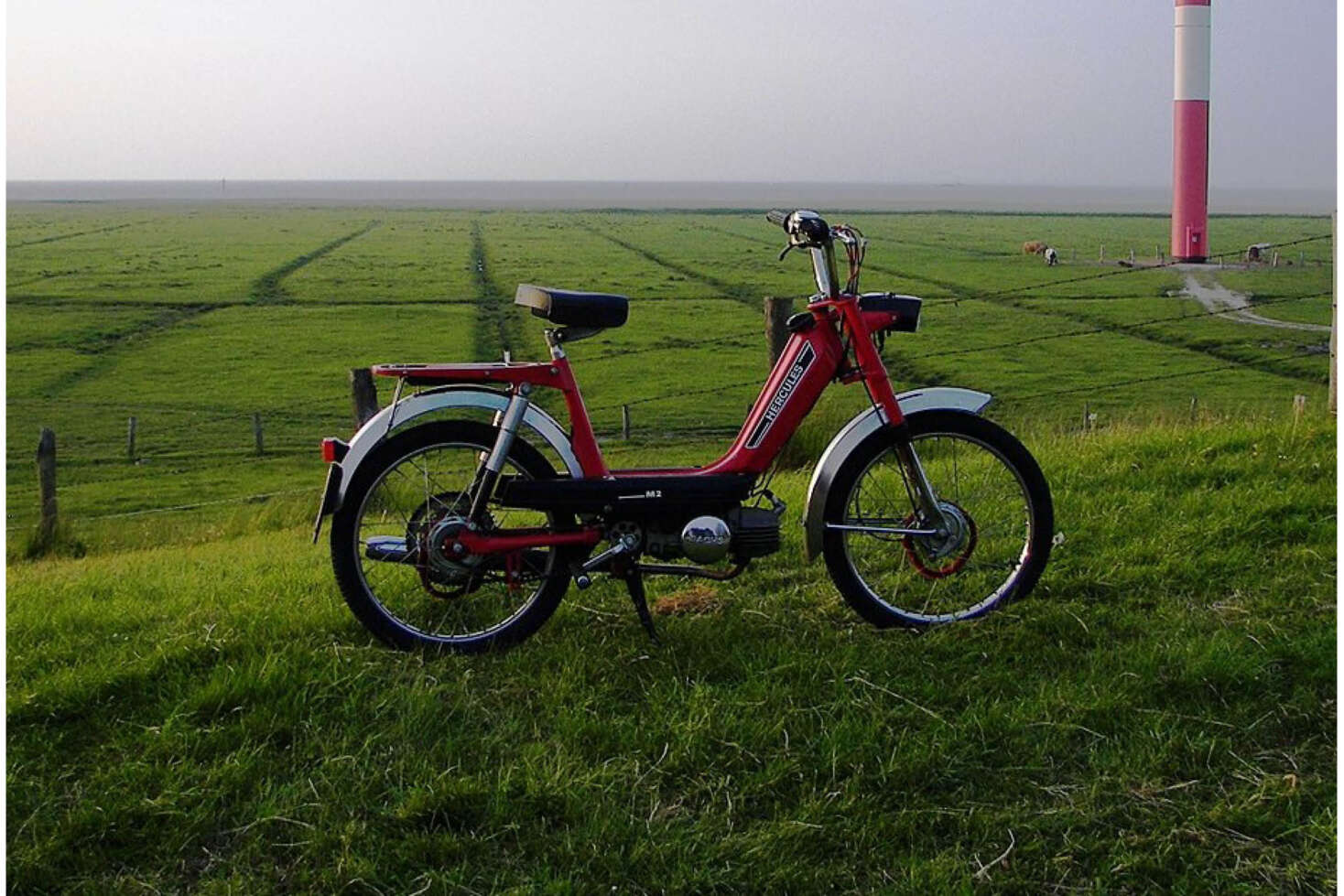
The beginning of the successful moped era
When the moped began its triumphal march throughout Europe in the 1960s, the Nuremberg-based company had long since recognised the potential of the new vehicle class and entered the motorised moped sector. It was so successful that moped production became one of the company's most important mainstays for many years.
The success of mopeds such as the Prima model and the Optima moped was of course due in part to the reliable and powerful Sachs engines. Initially, the Nuremberg-based company still used fan-cooled engines, but these were soon replaced by air-cooled versions. As is characteristic of Sachs engines, the cylinder was installed horizontally. The mopeds from Hercules were available either with a 1-speed centrifugal automatic transmission or with a manual gearbox that provided 2 gears. In the 1970s, the company even produced the first moped with an electric drive, the E 1 Accu bike. However, this was not very well received, even though it was far ahead of its time. When the golden age of the moped passed its zenith in the early 1980s, the good times for the two-wheeler manufacturer were also over. Hardly any mopeds were sold any more and sales figures fell steadily. Although the company bravely continued to produce mopeds until 2004, the devastating trend could not be halted. In 2004, Hercules became the last German manufacturer to finally switch off its moped production. Although Hercules bicycles are still produced today, the original production sites have long since been closed. In view of the manufacturer's former size and illustrious reputation, unfortunately not much remains. If it weren't for the manufacturer's motorbikes, which are still on the road. This beautiful sight is thanks to the passion and enthusiasm of numerous moped enthusiasts who put their heart and soul into keeping the long-serving Hercules mopeds in roadworthy condition.
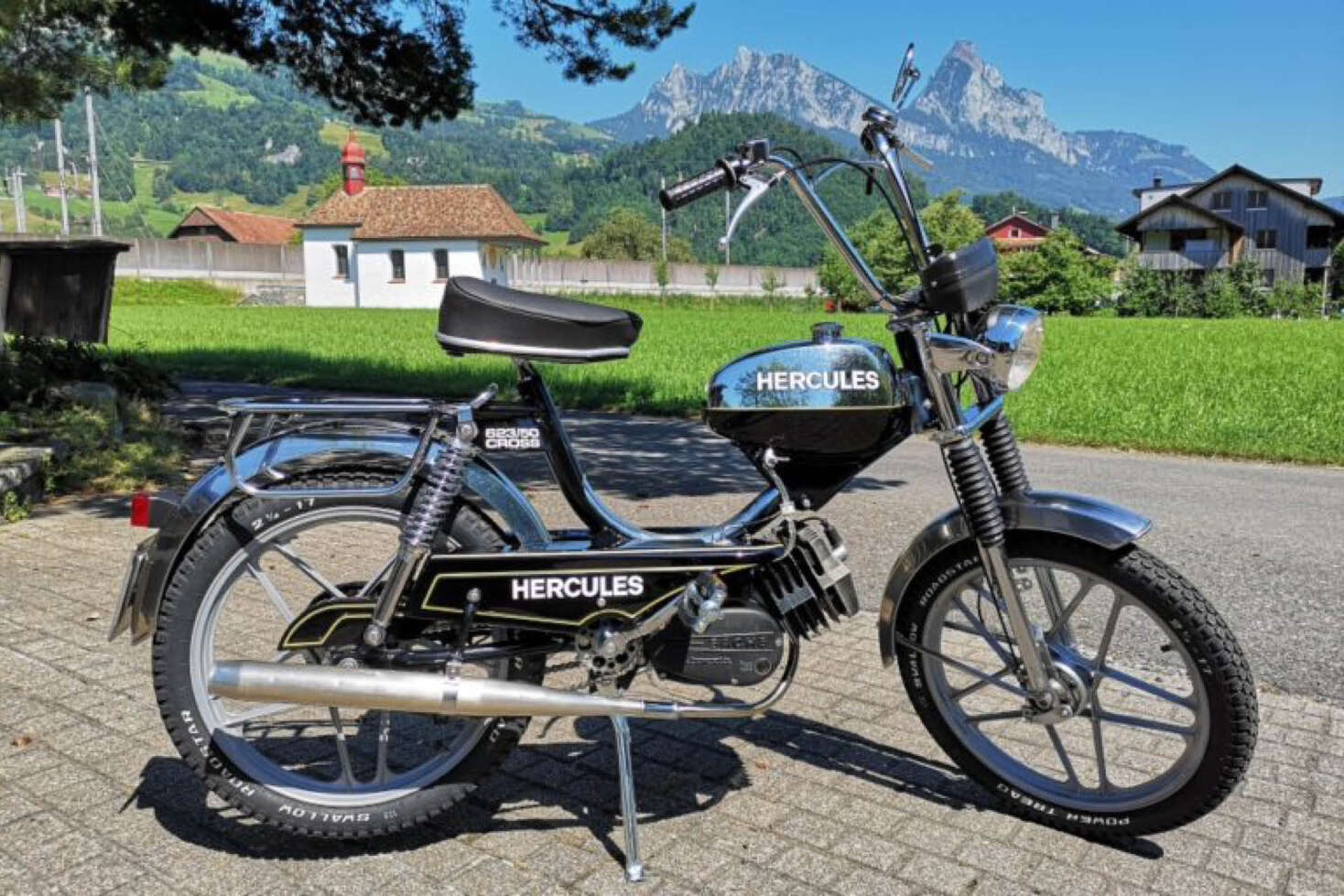
The iconic mopeds of the well-known German brand
The Prima moped and the Optima moped certainly have the greatest iconic potential among the numerous models that the manufacturer has put on the road over the course of its long history. These model series were sold for many years and in large numbers.
The Prima from Hercules: the brand's most successful model
The Prima was a real favourite with the masses and sold extremely well in Germany, Switzerland and many other European countries. There were several reasons for this, which made the moped a perennial favourite. In addition to reliability, these included robust and simple technology that was ideal for ambitious mechanics. If the predecessor models of the M series are included (as the series was only renamed Prima from 1980), the model series was built from the mid-1970s until production was discontinued in 2004. The M series comprised the M1, M2, M4 and M5 models. These first models were visually impressive with numerous chrome parts and stylish spoked wheels, which was still something very special for mopeds at the time.

Even though the moped was given the name Prima from 1980, this was actually just a change of name, as the M series was continued almost seamlessly. The Prima moped was built in the variants 1 to 6. Models 1, 3, 5 and 6 had a two-speed gearbox with manual transmission, while models 2 and 4 had an automatic transmission with a centrifugally controlled multi-plate clutch. All Prima mopeds were equipped with a 1.1 kW (1.5 hp) Sachs engine, which was of course throttled to 25 km/h from the factory.
The Prima GT, GX, SX and G3 moped models were an exception. They not only had a more powerful engine with 1.6 hp, but were also equipped with a 3-speed manual gearbox. These models were easily recognisable by their overhead fuel tank and full-length seat. Incidentally, only models 2 and 3 had the spoked wheels from the M series. All other model variants were fitted with die-cast wheels.

The Optima series
After achieving such success with the M-Moped and the Prima, Hercules quickly decided to launch a more powerful version on the market. This was the birth of the Hercules-Optima moped. The model had a 2-speed manual gearbox and a 2.9 hp engine with a top speed of 50 km/h ex works. Visually, the Optima moped hardly differed from the Prima moped. However, the sales figures for the Hercules Optima series were significantly lower. Although this series was also manufactured until the end of two-wheeler production, it was not a comparable success, at least in monetary terms. Visually and in terms of riding enjoyment, however, these models still inspire to this day.
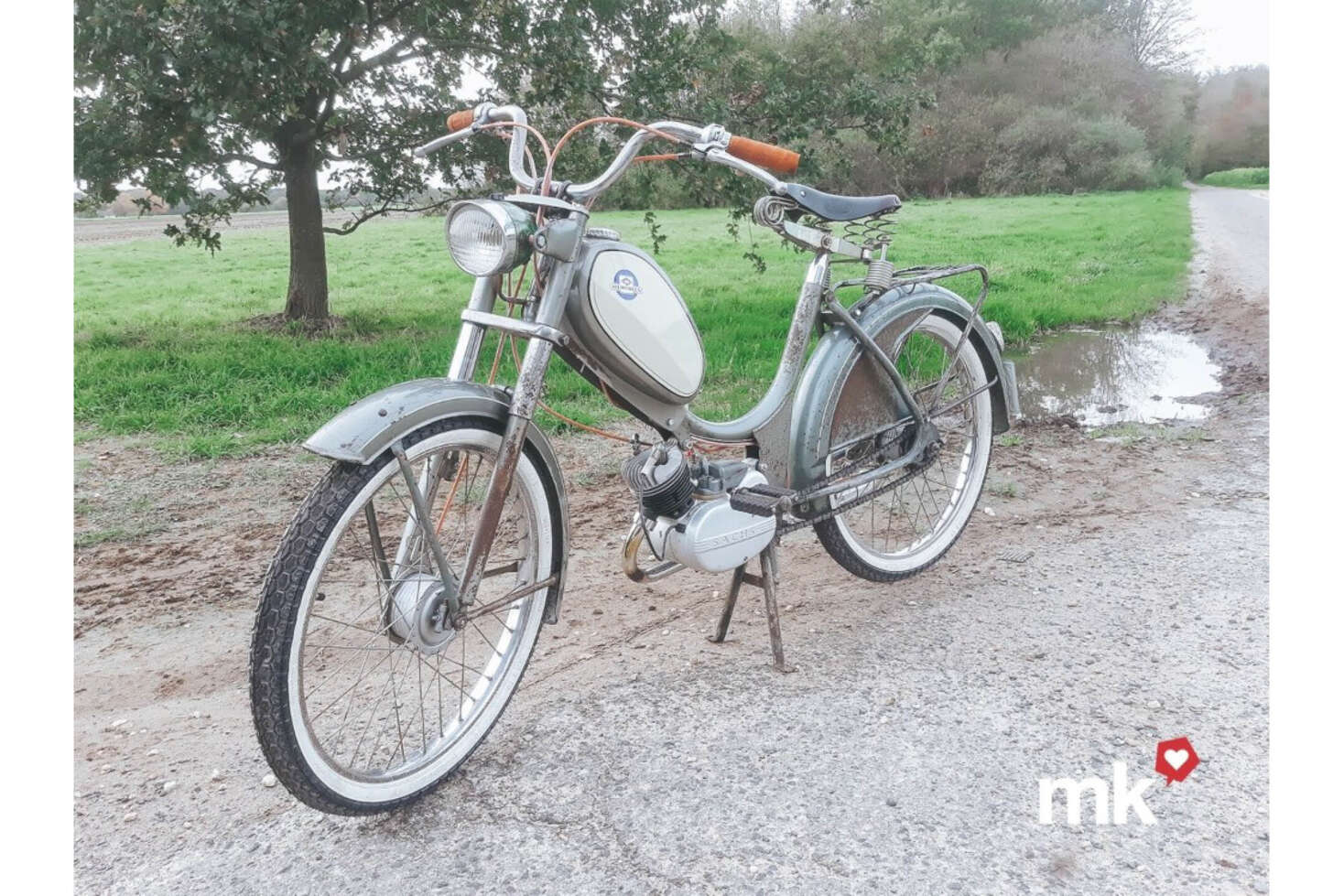
Discover more manufacturers
Our favorite manufacturers
